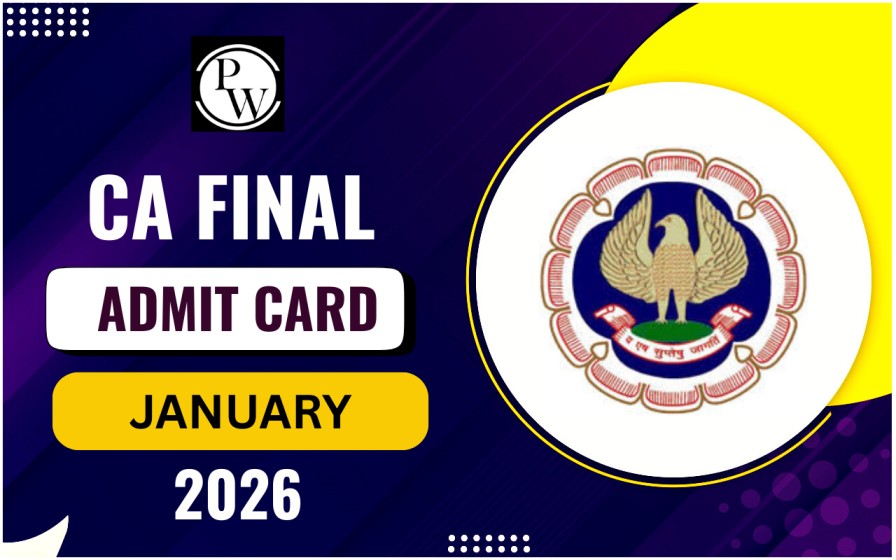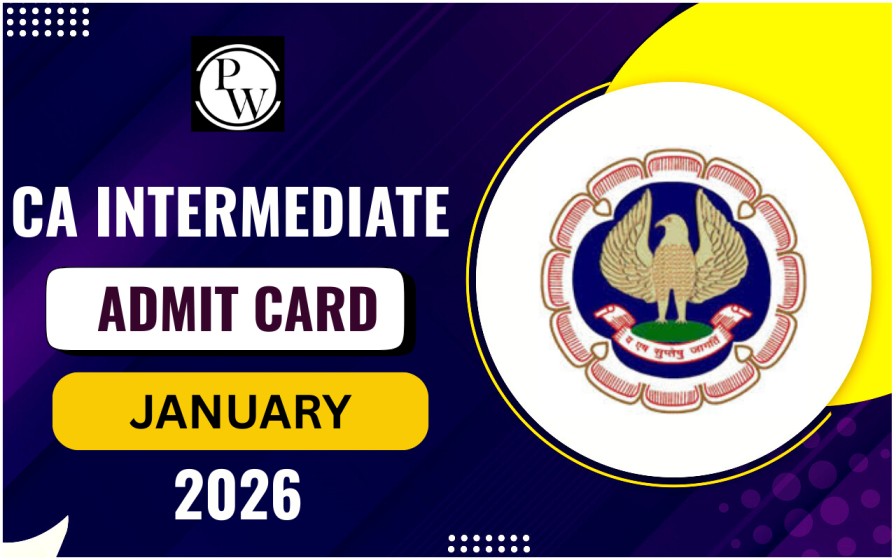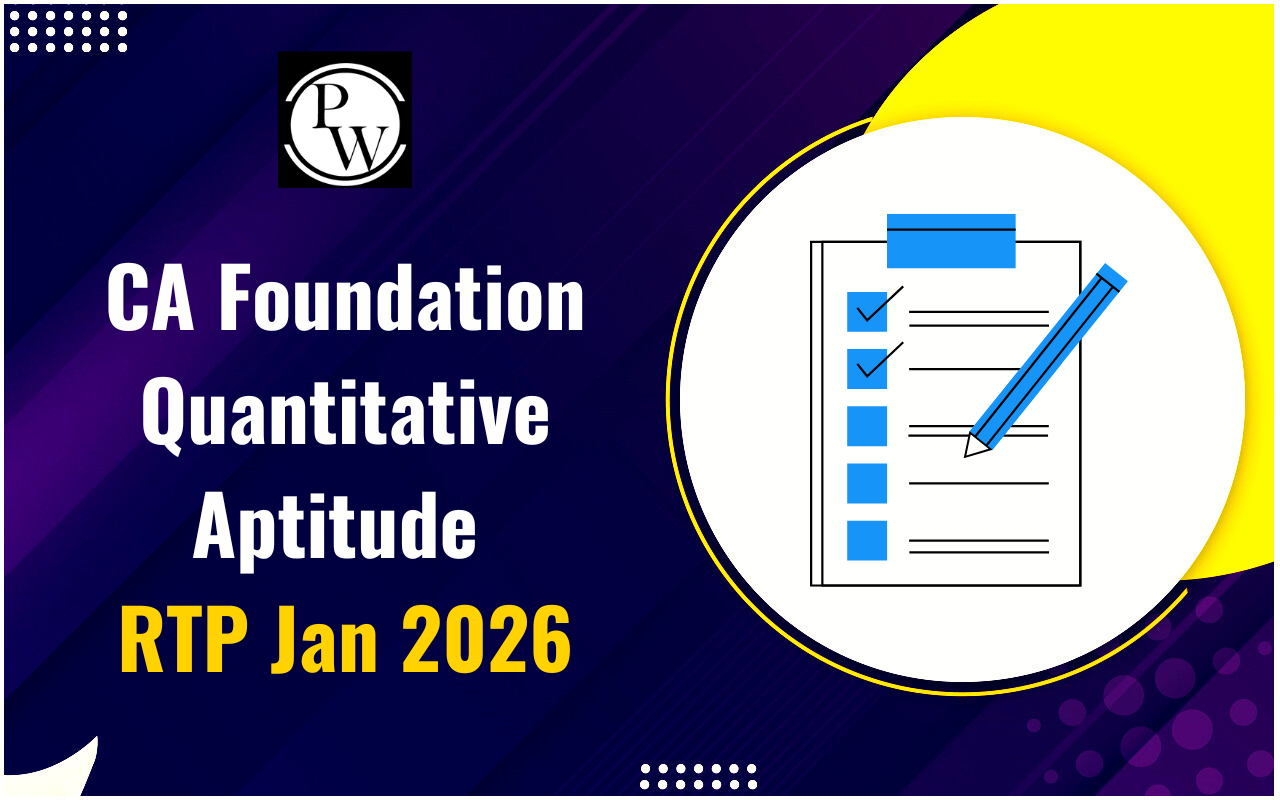
Understanding how consumers make purchasing decisions is vital for professionals across economics, business, and finance. For CA Exams, this knowledge becomes especially important while analyzing market trends, advising clients, or planning strategies for businesses. The Theory of Consumer Behaviour offers a structured approach to studying the psychological, economic, and emotional drivers behind a consumer’s choice.
This theory suggests that individuals aim to gain maximum satisfaction or “utility” from their limited resources, often making rational decisions within their income constraints. The Theory of Consumer Behaviour is not only relevant in the classroom but is also deeply embedded in real-world scenarios like demand forecasting, product pricing, and consumer policy.
Theory of Consumer Behaviour
The Theory of Consumer Behaviour focuses on how individuals decide to allocate their income to various goods and services in order to maximize their overall satisfaction. It operates under the assumption that consumers are rational beings who make calculated decisions to derive maximum utility from their consumption.
At the heart of this theory lies the concept of utility, the satisfaction a person derives from consuming a product. Consumers weigh different choices based on prices, preferences, and their income levels. For example, if consumers prefer tea over coffee and both are priced similarly, they are more likely to purchase tea to maximize satisfaction.
The Theory of Consumer Behaviour also takes into account opportunity cost, budget constraints, and preferences, making it a foundational tool in both theoretical and applied economics. For CA students, understanding this theory aids in market analysis, pricing decisions, and advising clients on business strategies that align with consumer demand.
How to Apply the Theory of Consumer Behaviour
The practical application of the Theory of Consumer Behaviour can enhance decision-making at both personal and professional levels. Here’s how:
1. Consumer Motivation and Utility Analysis
Understanding what motivates consumers, necessity, prestige, brand loyalty, or price, can help businesses design better products and marketing strategies. According to the Theory of Consumer Behaviour, a consumer chooses goods that deliver the highest utility. Therefore, utility analysis becomes a core part of understanding consumer decisions.
2. Price Sensitivity and Budget Constraints
The theory helps evaluate how price changes influence buying behavior. Consumers generally aim to purchase goods that provide the most value within their budget. Chartered Accountants can use this understanding to assess pricing models, revenue forecasting, and customer retention strategies for clients.
3. Product Positioning and Marketing
Businesses can apply the Theory of Consumer Behaviour by aligning their offerings with consumer preferences. If a consumer segment values sustainability, for instance, positioning products as eco-friendly may lead to higher utility perception and thus influence purchase decisions.
4. Client Advisory and Strategic Planning
For CA professionals, advising businesses on market entry, pricing, or promotional offers requires an understanding of consumer behavior. The theory assists in estimating demand elasticity, consumer responses to pricing, and revenue implications, which are essential for audit and financial planning roles.
Also Check: Differential and Integral Calculus in Business and Economics
Theory of Consumer Behaviour in Microeconomics
In microeconomics, the Theory of Consumer Behaviour is used to explain individual decision-making regarding consumption. It provides a framework for understanding how a single consumer, or a group, allocates limited income across various goods and services to attain maximum utility.
This theory is essential for demand analysis and market equilibrium studies. It helps explain the law of demand, where a rise in prices generally leads to a fall in quantity demanded, assuming all other factors remain constant. The indifference curve analysis and budget line theory are classic tools used to depict consumer preferences and constraints.
CA students studying microeconomics benefit from this theory by gaining insights into the core concepts of marginal utility, diminishing returns, and substitution effects. The Theory of Consumer Behaviour provides clarity on how individual preferences shape market demand curves and helps in constructing consumption models that reflect real-world behavior.
Theory of Consumer Behaviour in Macroeconomics
While microeconomics focuses on individual choices, macroeconomics uses the Theory of Consumer Behaviour to analyze consumption trends at an aggregate level. In this context, the theory is essential for understanding national consumption patterns, fiscal policy impacts, and economic stability.
Macroeconomic models use this theory to examine how changes in income levels, interest rates, and government policies influence consumer spending. For example, a decrease in income taxes might lead to an increase in disposable income, thereby raising aggregate demand for goods and services.
Understanding the Theory of Consumer Behaviour at the macro level is important for CA students when analyzing GDP growth, inflation trends, or monetary policy decisions. It allows financial professionals to anticipate how consumers will respond to economic shifts, which in turn helps in budgeting, forecasting, and investment advisory roles.
Theoretical Assumptions of the Theory of Consumer Behaviour
The Theory of Consumer Behaviour rests on several fundamental assumptions that form the basis of consumer decision-making models in economics:
1. Rationality
Consumers are assumed to act rationally. They aim to maximize satisfaction from their limited resources and make decisions after comparing various alternatives.
2. Utility Maximization
Each consumer aims to derive the maximum possible utility from their spending. The concept of marginal utility, the additional satisfaction from consuming one more unit of a good, plays a key role in this assumption.
3. Preferences are Complete and Transitive
Consumers can rank their preferences in a consistent order. If a consumer prefers A over B, and B over C, then they will prefer A over C.
4. Budget Constraint
Consumers face a limitation in the form of income. Their choices are bounded by what they can afford based on current prices.
5. Perfect Information
The theory assumes that consumers have complete knowledge of products and prices in the market, enabling them to make the best possible decision.
| Also Check: | |
| Dissolution of Partnership Firm | Issue, Forfeiture and Re-Issue of Shares |
| LLP Accounts | Coding and Decoding |
| Retirement of a Partner | Social Accounting |
Theory of Consumer Behaviour FAQs
What is the Theory of Consumer Behaviour in economics?
Why is the Theory of Consumer Behaviour important for CA students?
What are the key assumptions of this theory?
What tools are used to study consumer behaviour?










